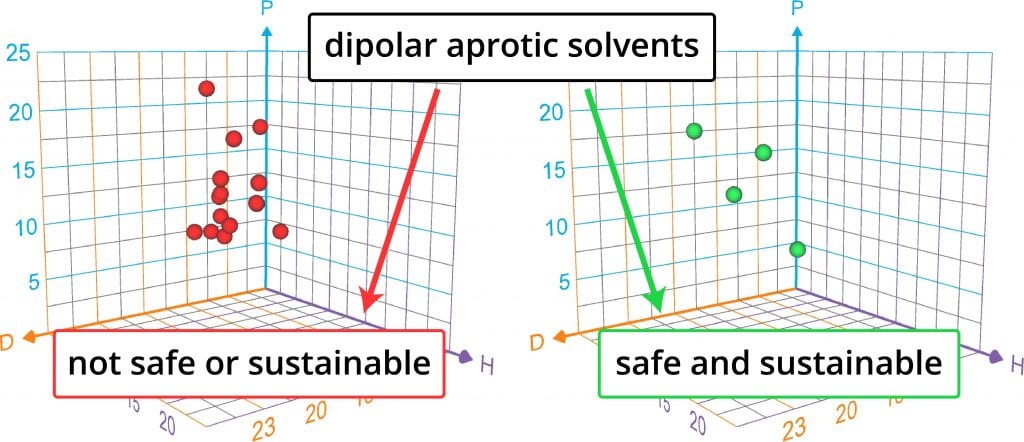Image credit: Bill Oxford on Unsplash
Chemical regulation continues to grow internationally and this challenges conventional industrial chemistry to maintain product and process performance while adjusting to avoid use of restricted compounds. Many solvents are impacted by legislation, such as the EU’s Registration, Evaluation, Authorization and Restriction of Chemicals (REACH) legislation, and in particular dipolar aprotic solvents. These solvents have unique properties, such as distinct regions of high and low electronegativity, but often present serious hazards to human or environmental health. There are not many safe alternatives and switching to less regulated solvents can result in regrettable substitution, in which the newly adopted solvent proves to be no less hazardous than the one it replaced.
In the latest Polymer International ‘Challenges to Industry’ paper, Anna Zhenova from Green Rose Chemistry (York, UK) explores challenges in the development of new green solvents for polymer dissolution. Taking the challenge as an opportunity to adopt lesser-known green solvents proactively offers the ability to prepare for future regulations and “solvents derived from bio-based waste feedstocks can offer cost savings and even a market advantage as the shift towards a bio-economy accelerates”. Since few green dipolar aprotic solvent alternatives exist, research is being undertaken with the aim of finding new green solvents.

Solvent predictive thermodynamic frameworks that can be computationally predicted, such as Hansen solubility parameters (HSP), using very little processing power, speed up solvent development by identifying good candidates before beginning experimental work. Additionally, as technical and safety requirements for solvents in industry often differ from those considered in academic research, communication and close collaboration is crucial to help expand the range of replacement options for solvents that are being restricted. The article highlights examples of successful collaborations, such as ECOBIOFOR project which resulted in bio-based versions of petrochemical solvents for the paints and coatings industry.
Moving forward, the challenge for industry of chemical legislation can be addressed through adoption of computational tools, targeted cross-sectoral consortium projects, industry-funded studentships, industry-wide collaborative initiatives and increased research funding. Recent progress in green solvent development provides multiple models that can be adapted to the problem of polymer dissolution research.
Reference: Zhenova, A. ‘Challenges in the development of new green solvents for polymer dissolution.’ Polym Int. (2020). DOI: 10.1002/pi.6072

















